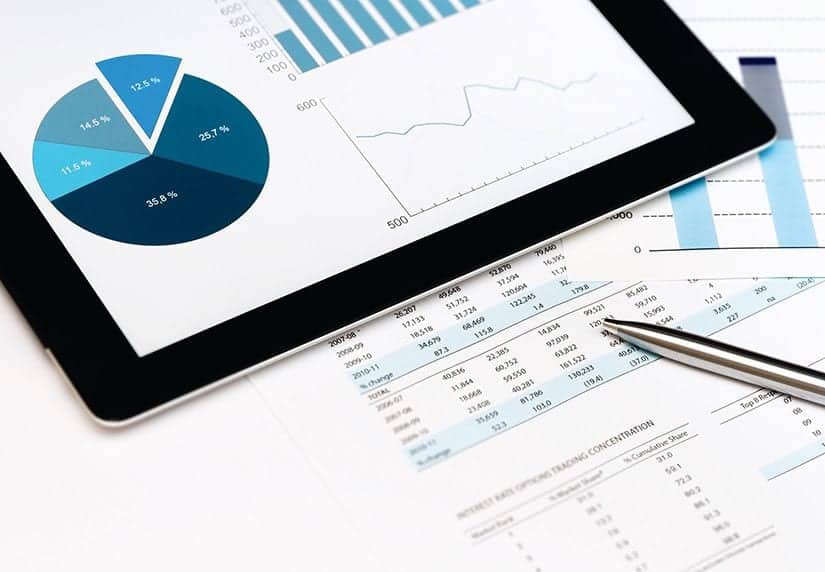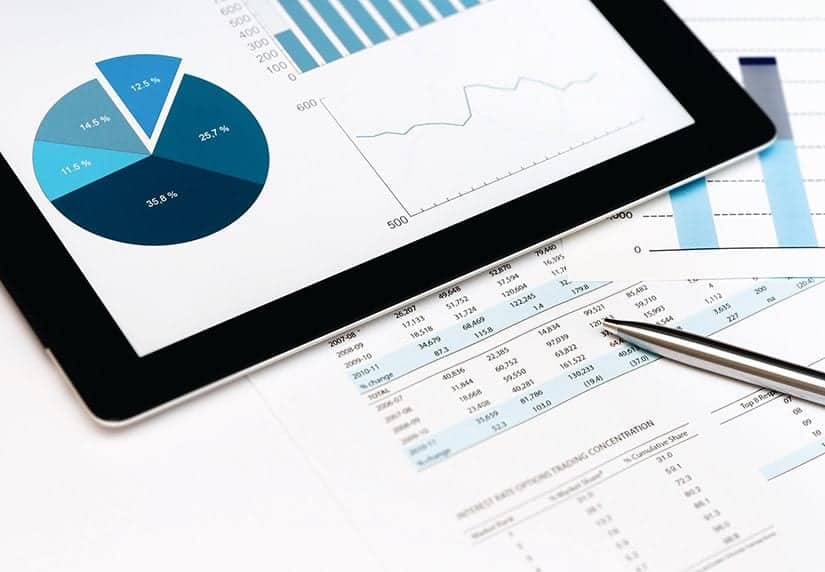Would You Want to Watch Your Facebook Ad? How to Make Your Video Stand Out
Nervous that your brand’s Facebook videos are not getting the attention you’d like? You should be. The hard fact is, you have exactly 2.5 seconds to...

 From the apple-pushing snake of Adam & Eve to Leave it to Beaver’s Eddie Haskell, the world has been blessed with a rich lineage of influencers who do just that: influence others. Whether they’re making fully fleshed out web series episodes or six-second video bursts on Vine, influencers are commanding attention from viewers and brands alike.
From the apple-pushing snake of Adam & Eve to Leave it to Beaver’s Eddie Haskell, the world has been blessed with a rich lineage of influencers who do just that: influence others. Whether they’re making fully fleshed out web series episodes or six-second video bursts on Vine, influencers are commanding attention from viewers and brands alike.
Influencers do exactly what it sounds like they do, kind of like toasters or broilers: They influence others with the content they create, and they can be incredibly adept at helping marketing campaigns succeed. Now, with impressive advances in measurement technology, we can determine exactly how effective they are on influencing ROI (see what I did there?).
Social media influencer marketing campaigns have an efficacy that brands cannot ignore, but there is a lack of understanding of their impact. While some contend that influencer campaigns — even social media in general — aren’t particularly measurable, we can, in fact, measure the offline impact of influencers down to the household level, thanks in part to advanced targeting capabilities. Research companies such as Datalogix and LoudDoor have shown real-world sales impact after consumers were exposed to brands via social media, with results ranging from increased brand awareness and elevated brand perceptions to actual increases in in-store purchases. How do they do it? Spoiler alert: Big Data is watching YOU!
Who & How
Companies such as Datalogix, LoudDoor, Acxiom, and Insight Express are all leading the way in reporting how influencer campaigns impact ROI. Datalogix identifies consumer purchase behavior via store loyalty cards and can draw a line between the time people are first exposed to brand messaging — such as viewing a Facebook post — and their in-store purchase to buy that same product days or even weeks later. They collect staggering amounts of offline purchase data straight from retailers, and partner with data brokers to get even more. Datalogix says its treasure trove includes information on almost every household in the U.S., and reflects $1 trillion in consumer spending. The company packages up the purchase data into anonymous profiles, and sells access to big publishers, including Google, Facebook and Yahoo, as well as scores of ad exchanges. This allows these giants to target ads based on what you buy offline, and then see how much more of a product you bought after seeing an ad for it. Publishers can then calculate how much more money its advertisers earned than spent, and use this ROI data to convince them to buy more ads. Acxiom, another data giant, helps marketers use their offline CRM and transactional data and turn it into info that can be used by online technologies to create more relevant advertising.
LoudDoor is also effective at measuring influencer impact. LoudDoor is a Facebook-powered surveying platform that gathers data and responses and compares it to data gathered from previous surveys. They measure brand awareness, favorability, and likelihood to recommend, and can directly ask relevant audiences if influencer content affected their decision to purchase. Similarly, Insight Express also measures the impact of ads on factors such as purchase intent and likelihood to recommend.
The Proof Is in the Pudding (Shaving Pudding)
 Through a digital media campaign called Inspiration Nation, my agency, Beeby Clark+Meyler, recently demonstrated the power of influencers to appeal to millennial women and how that relevance translated to product sales for shave brand Skintimate. We tapped four online beauty influencers to create two videos each: one focusing on their beauty and shave regimens and how they incorporate Skintimate shave gel, and another video promoting one of four campaign themes corresponding to finely-tuned UGC programs.
Through a digital media campaign called Inspiration Nation, my agency, Beeby Clark+Meyler, recently demonstrated the power of influencers to appeal to millennial women and how that relevance translated to product sales for shave brand Skintimate. We tapped four online beauty influencers to create two videos each: one focusing on their beauty and shave regimens and how they incorporate Skintimate shave gel, and another video promoting one of four campaign themes corresponding to finely-tuned UGC programs.
By partnering with these key beauty influencers to create compelling, sharable content and encouraging the target audience to create and submit their own content, likelihood to purchase was increased by 7% and likelihood to recommend was increased by 13% (measured by Insight Express) with post-campaign penetration increasing by 10.5% (measured by Datalogix), as compared to the control group.
The More You Know
Know Your KPIs
In the past, it would have been impossible to measure results once a campaign started, but now companies such as Datalogix can retroactively determine that success. However, identifying KPIs at the onset of a campaign is good marketing karma and will help shape the campaign overall. After all, how do you know if a campaign is successful if you don’t know what you’re measuring?
Think Big
Marketing strategies shouldn’t solely rely on online video featuring influencers, and there’s a lot to be said for integrating these programs with UGC-contests and even broader sweepstakes, as long as the entire program feels cohesive and of one voice. For Skintimate, influencer content was just part of the equation for success. Social platforms played a key role in distributing awareness of Inspiration Nation and providing beauty content to Skintimate’s target audience. Facebook and Twitter allowed for precise targeting in order to reach new and existing audiences, while Tumblr served as a stage for trending design techniques like animated GIFs and quotes.
Loosen the Reins
Even a slight product mention can turn off a discerning audience, so brands need to take a risk in letting influencers genuinely express themselves. This can make legal departments sweat, so upfront communication is key to ensuring the talent knows the parameters. Influencers are more relatable to consumers because of their perceived authenticity and approachability, and while Hollywood celebrities can be encumbered by the perception of having to embody and perpetuate a certain image, influencers, on the other hand, are not burdened by the same rules of maintaining a public image, because they’re writing the rules as they go.
Influ-end-za
Measurement is imperative, but so is having a holistic commonality between influencer video and all other campaign components. If brands can achieve this, they will be in a great position to make a meaningful connection with consumers and truly increase their ROI by creating fans for life. If something feels tacked on, it probably is, and users are both cautious and impatient when it comes to spending time in front of a screen. Thinking simply and smartly will ensure a great start.
A shorter version of this article originally ran on Campaign Live.

Nervous that your brand’s Facebook videos are not getting the attention you’d like? You should be. The hard fact is, you have exactly 2.5 seconds to...

In a two-part series, I’m diving a bit deeper to address how brands need to adapt to succeed in the mobile evolution, starting with user acquisition.

1 min read
Facebook has come a long way since it’s first ad placements: banner ads called Facebook Flyers that allowed advertisers to target college students...